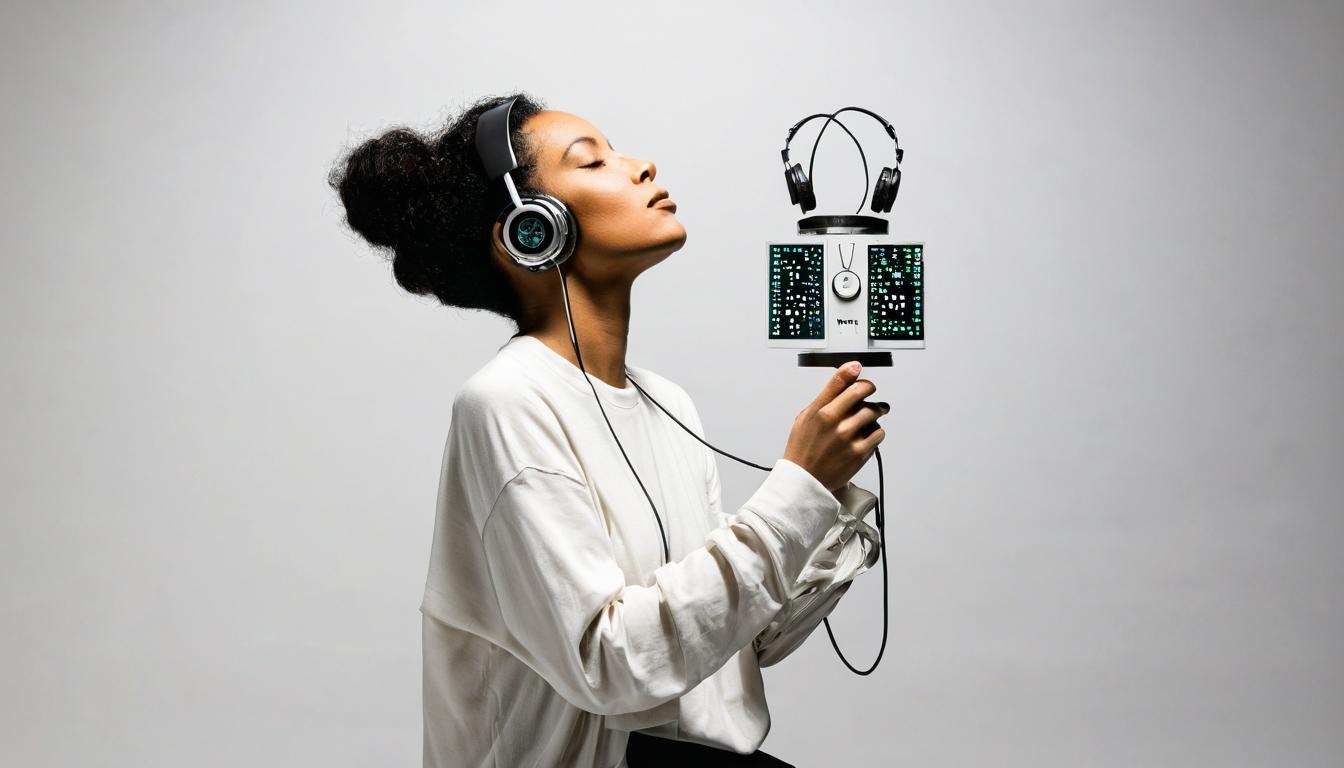In the dimly lit backrooms of Tokyo's Harajuku district and the converted warehouses of London's Hackney, a quiet revolution is brewing. While mainstream fashion cycles through predictable trends and celebrity endorsements, a new generation of designers and musicians are forging connections that bypass traditional industry gatekeepers entirely. This isn't about runway shows or record label deals—it's about the raw, unfiltered creative exchange happening in underground clubs, independent record stores, and digital spaces where algorithms haven't yet learned to categorize the truly innovative.
The relationship between fashion and music has always been symbiotic, but today's most compelling collaborations aren't happening between luxury houses and pop stars. Instead, they're emerging from the fringes—experimental electronic producers designing custom garments for their live shows, underground rappers launching limited-run clothing lines that sell out in minutes, and DIY designers scoring their own fashion films with original compositions. These creators aren't waiting for permission or validation from established institutions; they're building their own ecosystems where sound and style merge into a single artistic statement.
What makes this movement particularly fascinating is how it's challenging traditional notions of authorship and ownership. In Berlin, a collective of musicians and designers has been creating "wearable sound"—garments embedded with sensors that generate different audio textures based on movement and interaction. Meanwhile, in Seoul, fashion collectives are releasing albums alongside their clothing drops, treating both as equal components of their creative vision. This holistic approach to creation reflects a generation that sees no distinction between their musical identity and their sartorial expression.
Technology plays a crucial role in this convergence, but not in the ways you might expect. While major brands invest heavily in virtual fashion and digital avatars, underground creators are using accessible technology to create tangible experiences. Open-source software, 3D printing, and social media platforms have democratized the tools needed to produce both music and fashion, allowing creators to maintain complete control over their output. The result is a wave of highly personal, idiosyncratic work that resists easy categorization.
The economic implications of this shift are equally significant. Independent designers and musicians are finding new ways to sustain their practices without compromising their artistic integrity. Limited physical releases, direct-to-consumer sales, and community-supported models are replacing traditional industry structures. In Brooklyn, a musician-designer collective has built a self-sustaining ecosystem where album sales fund clothing production and vice versa, creating a feedback loop that keeps their work independent and authentic.
What's perhaps most revolutionary about this movement is its rejection of the seasonal calendar that has long governed both fashion and music. Instead of following predetermined release schedules, these creators operate on their own timelines, responding to inspiration rather than market demands. This organic approach results in work that feels urgent and relevant, unburdened by the commercial pressures that often dilute creative vision.
The global nature of this underground network means that influences flow freely between cities and cultures. A sound emerging from Lisbon's electronic scene might inspire a textile pattern in Mexico City, while a silhouette spotted in Johannesburg could influence a music video aesthetic in Montreal. This cross-pollination creates a rich tapestry of references that defies geographic and cultural boundaries, resulting in work that feels both locally rooted and globally connected.
As mainstream fashion and music industries struggle with sustainability concerns and creative stagnation, these underground collaborations offer a compelling alternative model. They prioritize community over competition, authenticity over accessibility, and creative freedom over commercial success. While they may operate outside the spotlight, their influence is beginning to ripple outward, challenging established players to reconsider their approaches to collaboration and creation.
The future of fashion and music integration may well lie in these fringe spaces where rules are meant to be broken and categories are constantly being redefined. As one Berlin-based creator told me, 'We're not interested in fitting into existing boxes. We're building our own boxes, and sometimes they're not even boxes at all.' This sentiment captures the essence of a movement that values creative exploration above all else—a philosophy that could reshape both industries in the years to come.
The underground sound shaping fashion's next rebellion

